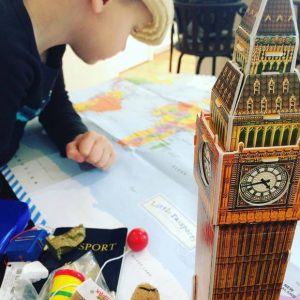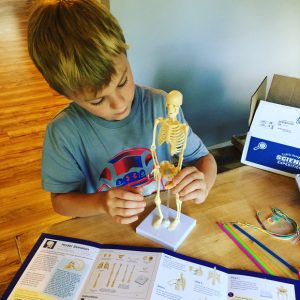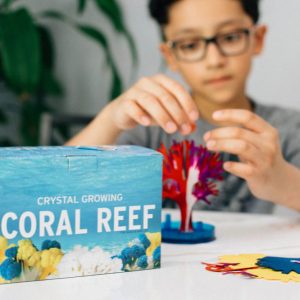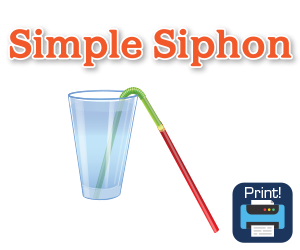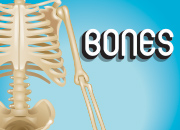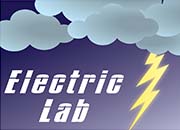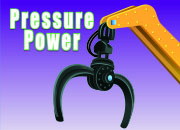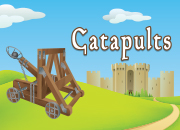Welcome to Science Expeditions Extras! Dive deeper into your science kit’s theme and experiments. This month, learn a little extra about hydraulics and pneumatics.

Pressure Power
 Hydraulic and pneumatic systems don’t add energy to what’s already there. They just transform one kind of energy into another. In the case of hydraulics, the compression of liquids, like water or oil, provides energy for machines. For pneumatics, the power of compressed gases provides the energy. Hydraulic systems work under higher pressures than pneumatic systems, so they need to be tougher, heavier, and more durable. Hydraulic devices are more likely to be made from steel or cast iron, while pneumatic devices may be made from aluminum and plastic. Discover more about these technologies by reading the fun facts and checking out the printable below.
Hydraulic and pneumatic systems don’t add energy to what’s already there. They just transform one kind of energy into another. In the case of hydraulics, the compression of liquids, like water or oil, provides energy for machines. For pneumatics, the power of compressed gases provides the energy. Hydraulic systems work under higher pressures than pneumatic systems, so they need to be tougher, heavier, and more durable. Hydraulic devices are more likely to be made from steel or cast iron, while pneumatic devices may be made from aluminum and plastic. Discover more about these technologies by reading the fun facts and checking out the printable below.
Gather the household items from the list below before you begin your experiments. Check off the items as you go or print the list here. All other materials are included in your kit.
Hydraulic Robot Arm
sharp pencil or pen
scissors
ruler
cup of water
packing or masking tape
food coloring (optional)
Fun Facts
The word “hydraulics” comes from the Greek word ὑδραυλικός (hydraulikos). The two Greek words that make up this word, “ὕδωρ” (Hydor) and “αὐλός” (Aulos), mean “water” and “pipe.”
New York City has been using pneumatic technology for over a century. Today, the city uses a pneumatic system to bring trash to landfills. This system whisks the trash away at 60 mph!
Blaise Pascal, the creator of Pascal’s Law and pioneer in the field of pressure, began producing major works of math and science at the age of 16.

Aunt Charlie’s Corner
Expert tips to complete this month’s science experiments!
 Hydraulic Robot Arm
Hydraulic Robot Arm
Watch this experiment!
- It can be tricky to poke holes through your science kit box. Try poking the holes one flap at a time. Ask an adult for help if needed.
- Please note the differences between the four syringes. Two have holes in the plunger and two do not!
- Thread the zip ties by opening up the bottom flaps of the cardboard box and re-taping them shut later. This will make it easier to use your hands to find and thread the zip ties.
- When filling the syringe with water, pump the water in out and to reduce air bubbles. Also, try slowly pulling the plunger to reduce air bubbles.
- Be sure to securely attach the tubing to the syringes to prevent leaks.
Print and Play
Continue to experiment with water pressure by building a simple straw siphon.
Photos
Discover more uses of hydraulic and pneumatic technology and how it improves our lives.
Flip through the gallery.
Explore More
Click a button below to learn about another science theme.
We Our Community
